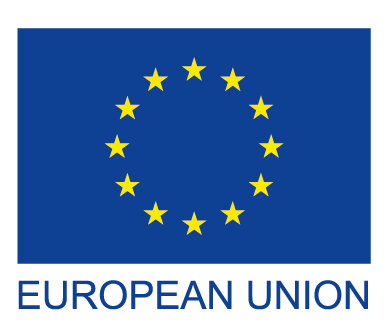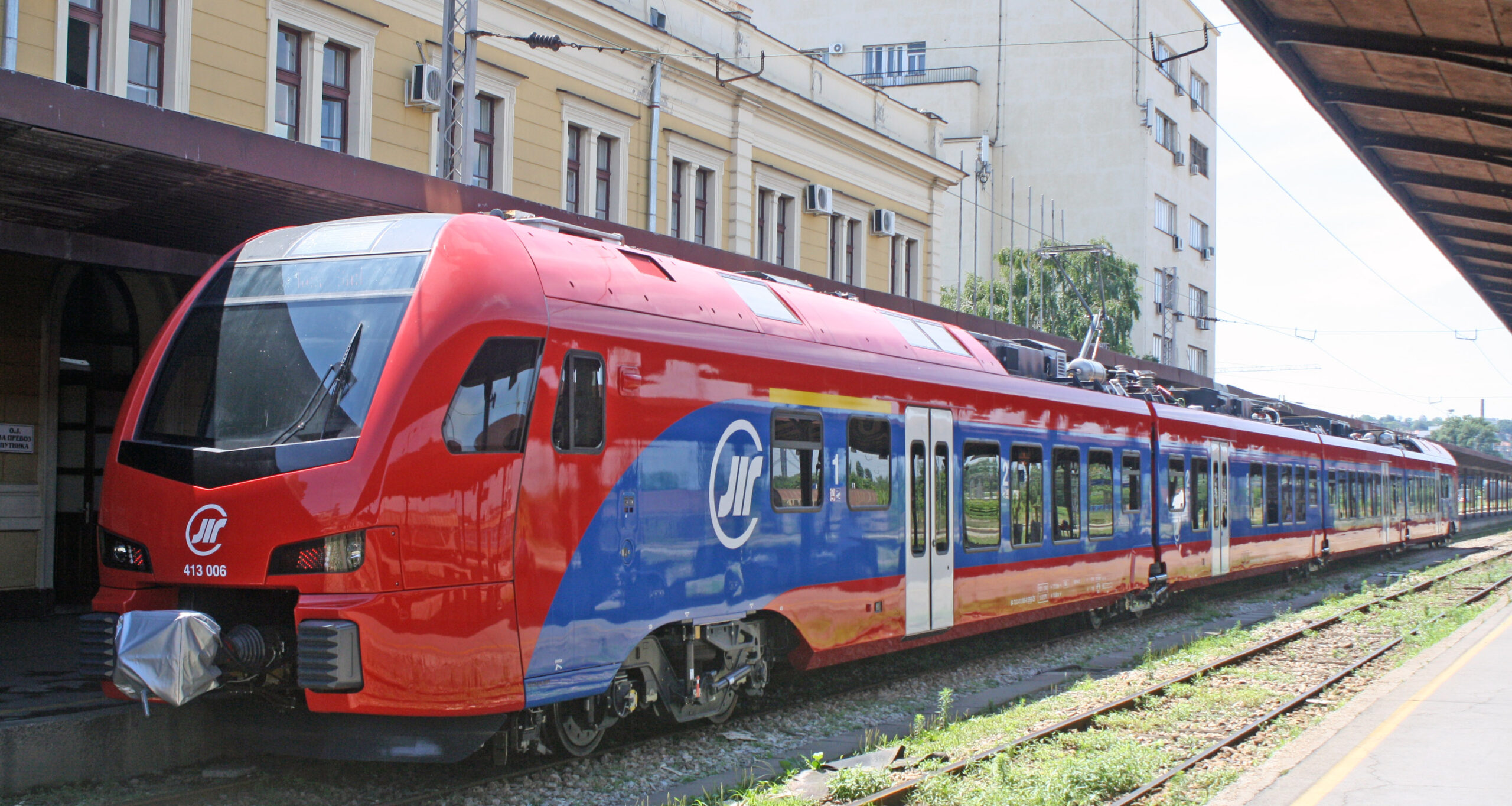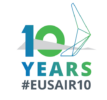Serbia in EUSAIR: Decade of setting milestones, building the resilience and sharing the vision
Serbia’s decade-long participation in EUSAIR has brought significant national achievements and positioned the country as a key regional actor, thanks to its geopolitical role. Though not an EU member, Serbia has effectively used this platform to boost regional cooperation, build institutional capacities and contribute to strategic priorities in key policy areas.
A major milestone was Serbia’s presidency during the height of the COVID-19 pandemic. By organizing the first virtual EUSAIR Forum, Serbia set a precedent for digital regional events, demonstrating adaptability and leadership.
„After challenging and difficult 2020, we were entering new era hand in hand, joining our forces in region so that all of us come out as winners. I am certain that our regional cooperation is an important segment of revitalizing Europe“, said Jadranka Joksimović, then Minister of European Integration of the Republic of Serbia.
As co-coordinator of Pillar 2 – Connecting the Region, Serbia led flagship projects, including the Master Plan of Energy Networks and support for reviving the Belgrade–Zagreb–Ljubljana railway. In Environmental Quality, it improves brown bear management, balancing conservation and human safety. Serbia’s EUSAIR journey is an example of inclusive and future-oriented regional cooperation.
Serbian energy projects gain regional spotlight through EUSAIR label
Serbia’s key contribution to EUSAIR is a leading role in drafting the Master Plan of Energy Networks for the Adriatic-Ionian Region. By coordinating the process and offering technical expertise, Serbia positions itself as an important link between Western Balkan countries and EU members, shaping energy policy beyond EU borders.
Master Plan maps the region’s electricity and gas infrastructure and outlines priorities for interconnectors, smart grids, renewables, and market integration. Developed with regional partners, it aligns with the Green Agenda for the Western Balkans and REPowerEU, reinforcing Serbia’s role as a regional energy connector.
„Serbia has eight neighbours and is able to provide very good electricity and gas interconnections and put Serbia as a very important transition country for energy. It can have positive influence on improving national security of energy supply”.
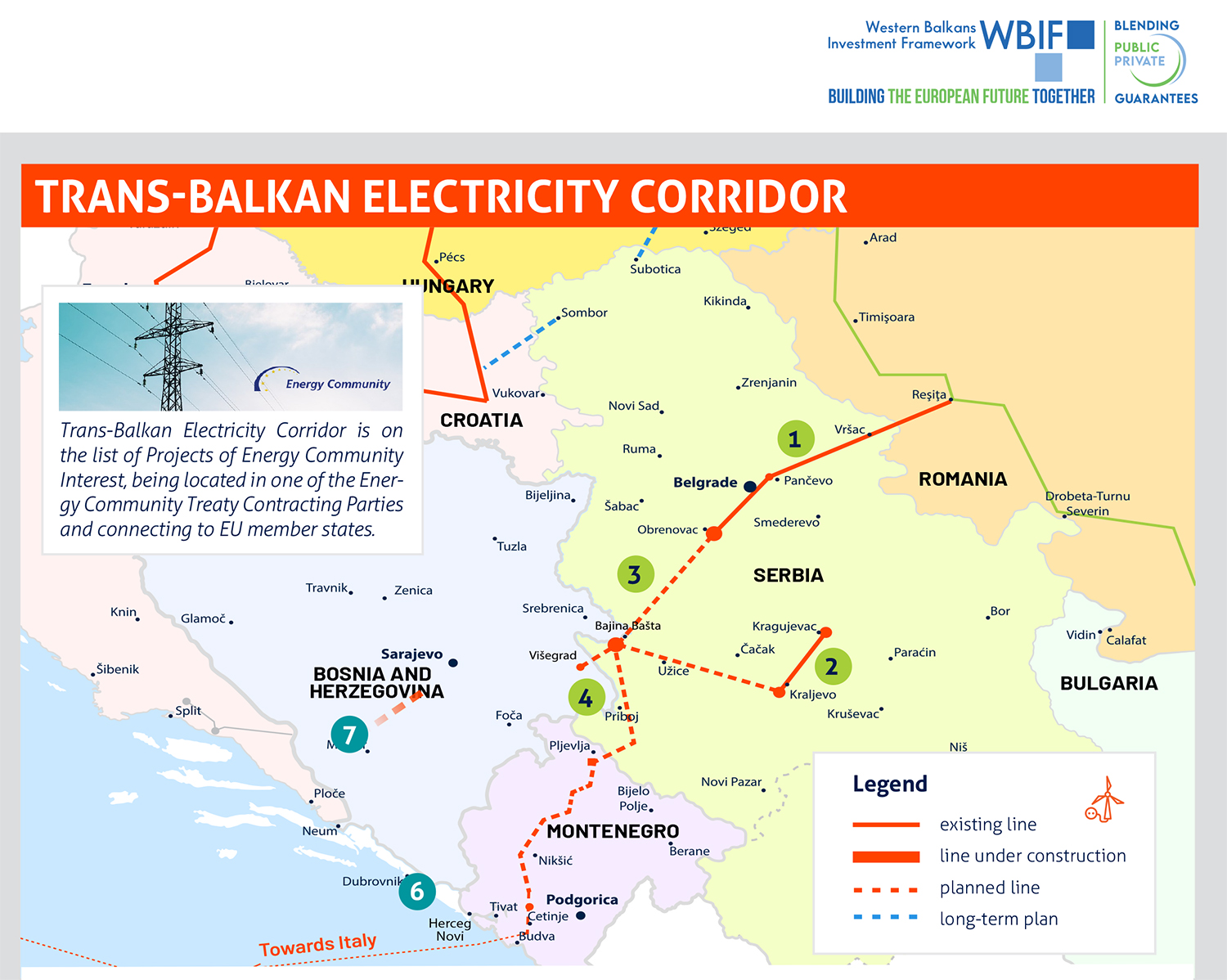
“Designing an Energy Green Deal means deeper energy cooperation and shared solutions for greener, more integrated systems”, said Biljana Ramić, Head of Department for Strategies, Programs, Planning, and Local Energy and Pillar 2 Coordinator for Energy in the Republic of Serbia. Serbia develops projects like the Trans-Balkan Corridor and regional gas interconnectors that confirm Serbia’s strategic importance in energy transition and integration.
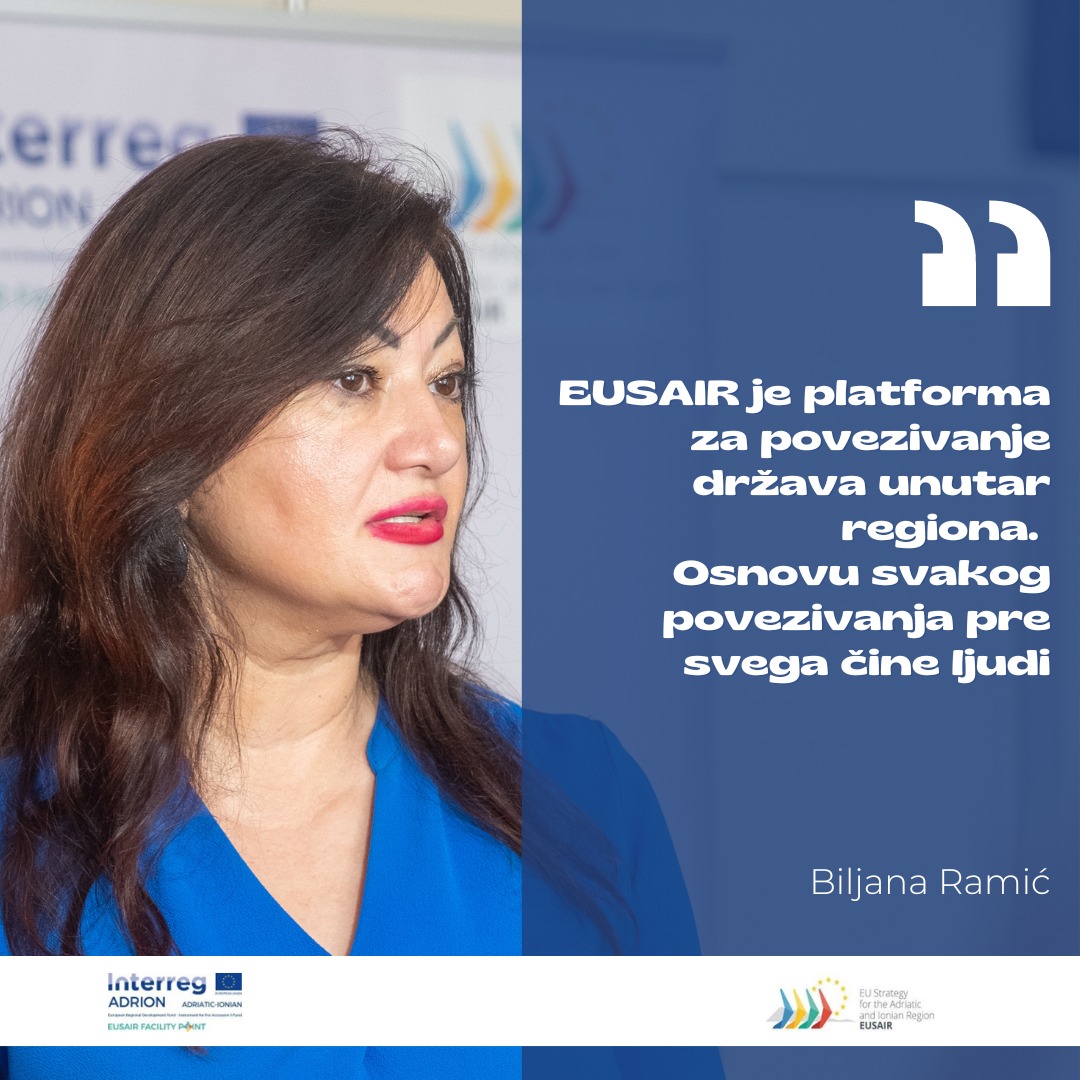
From rivers to roads: Serbia’s strategic push for efficient, sustainable multimodal transport
Between 2015 and 2019, Serbia’s Ministry of Construction, Transport and Infrastructure (MCTI) implemented a strategic framework to strengthen waterborne transport. The aim was to boost port safety, efficiency, and regional connectivity – key priorities of EUSAIR Pillar 2. The strategy supported multimodal freight and passenger flows, linking ports with hinterland infrastructure.
Serbia’s ten years Strategy for the Development of Inland Waterway Traffic (2014) provides a roadmap to revitalize transport along the Danube, Sava, and Tisa rivers. It aligns national legislation with EU directives, eight international conventions, and the AGN Agreement – European Agreement on Main Inland Waterways of International Importance, modernizing the legal and institutional framework.
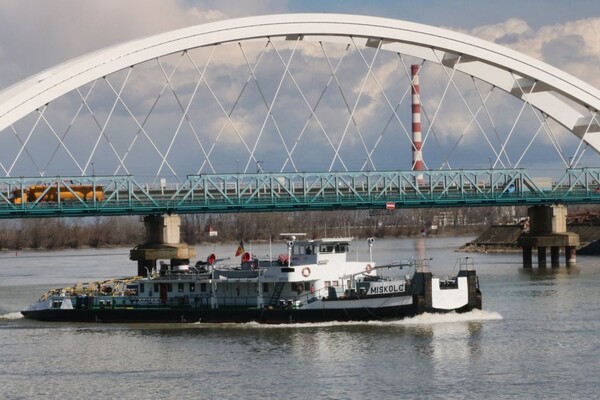
The strategy highlights environmental benefits, cost-efficiency, and the urgency of renewing Serbia’s aging fleet, where cargo vessels average over 35 years. The action plan features dredging, icebreaker procurement, hydro-meteorological systems, and digital tracking tools to improve safety, connectivity, and economic potential of inland waterways.
Investments for ports, intelligent transport systems and vessel modernization reaching 474 million EUR is secured by significant funding from the European Investment Bank and private partnerships while Serbia is negotiating additional financial support.
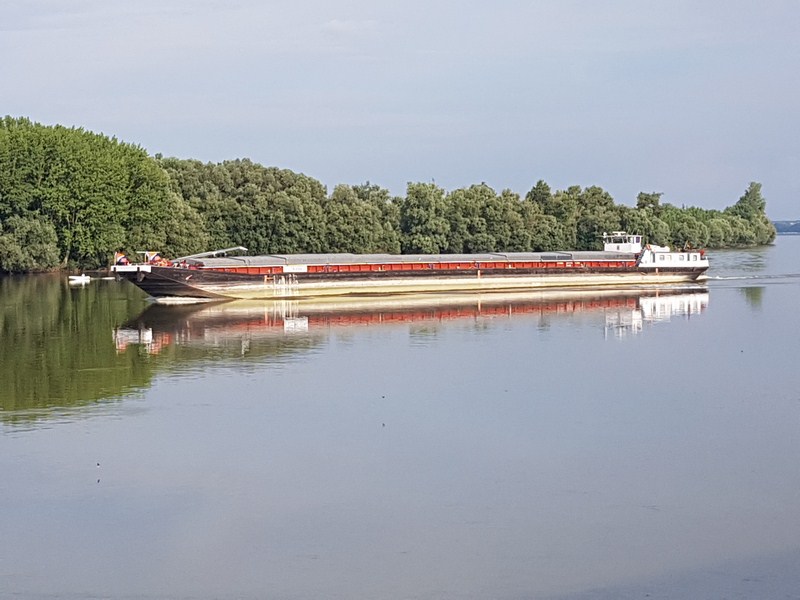
Reviving the historic Trieste – Ljubljana – Zagreb – Belgrade rail corridor
Serbia has played a key role in reviving plans for the international passenger rail link on the Belgrade – Zagreb – Ljubljana route, with a potential extension to Trieste. This corridor, once vital for regional integration, had long suffered from service decline. Its restoration marks a major step toward reconnecting Southeast Europe by rail.
The project fosters sustainable, low-emission transport and supports regional cohesion, tourism, and trade. As part of EUSAIR Pillar 2 – Connecting the Region, it helps close key infrastructure gaps in the Western Balkans and strengthens ties with the EU.
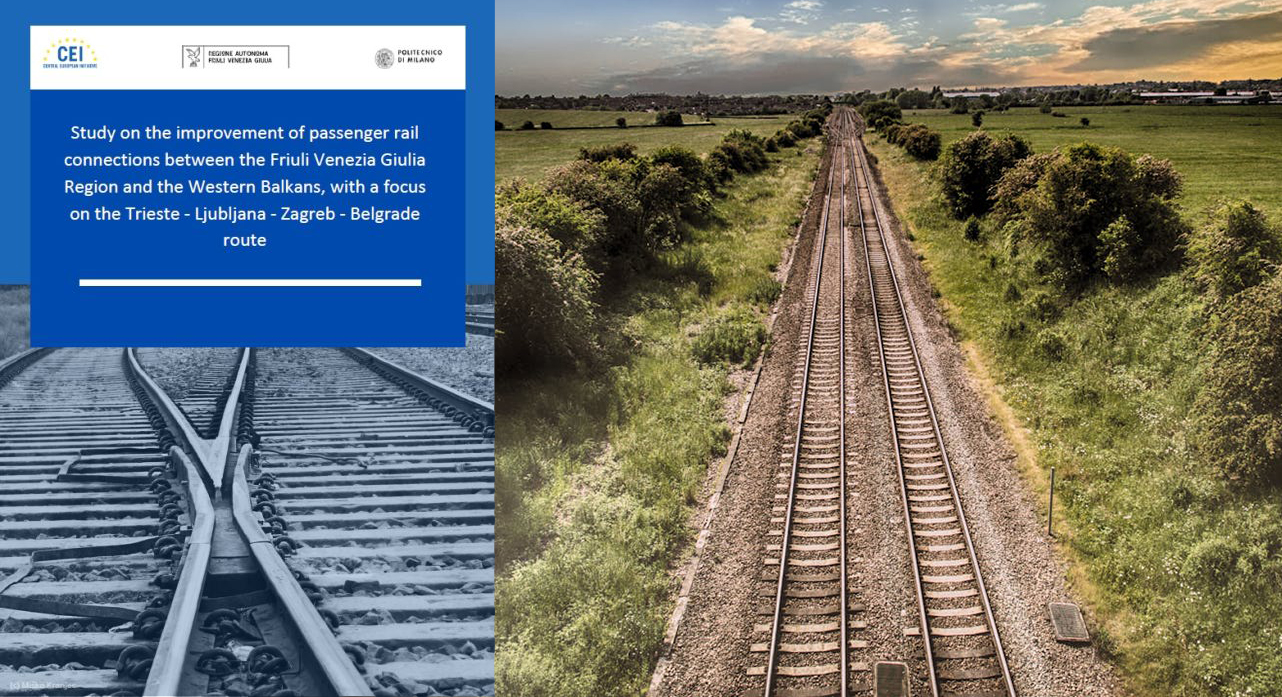
It is the joint effort by Serbia, Croatia, Slovenia, and Italy aimed at modernizing rail infrastructure, improving service quality, and increasing passenger volumes. Significant investments are being made in tracks, signaling systems, and rolling stock, with streamlined border procedures planned to enhance mobility.
“The rehabilitation of the rail line between Belgrade and Trieste would significantly enhance both passenger and freight transport, contributing to stronger regional cooperation in the Western Balkans, advancing EU integration efforts, and supporting the transition to greener, more sustainable mobility”, said Jovica Rakić, Senior Advisor in the Ministry of Construction, Transportation and Infrastructure, and Pillar 2 coordinator for transport in the Republic of Serbia.
4PETHABECO project: Connecting communities and ecosystems for large carnivore survival
Serbia contributes to regional environmental quality improvement through the project aimed to conservation of large carnivores like the brown bear, wolf, and lynx. These species face increasing threats due to habitat loss and human-wildlife conflict. Managing their populations helps protect both biodiversity and communities.
Regular cooperation via EUSAIR TSG 3 led to the development of the PET HAB ECO flagship project, further expanded into the 4PETHABECO project (Interreg IPA Adrion 2021-2027). Led by the University of Udine and involving 9 partners, this initiative key actions include habitats restoration, conflict mitigation, and public awareness campaigns across the region.
„The project enhances monitoring, promotes data transparency, and harmonizes conservation approaches. It involves local communities through living labs, using citizen science and modern digital tools to improve coexistence with large carnivores“, says Prof. Duško Ćirović, assistant professor at the Faculty of Biology, Belgrade University.
By fostering joint strategies, 4PETHABECO ensures long-term transnational cooperation and sustainable biodiversity protection across the region.
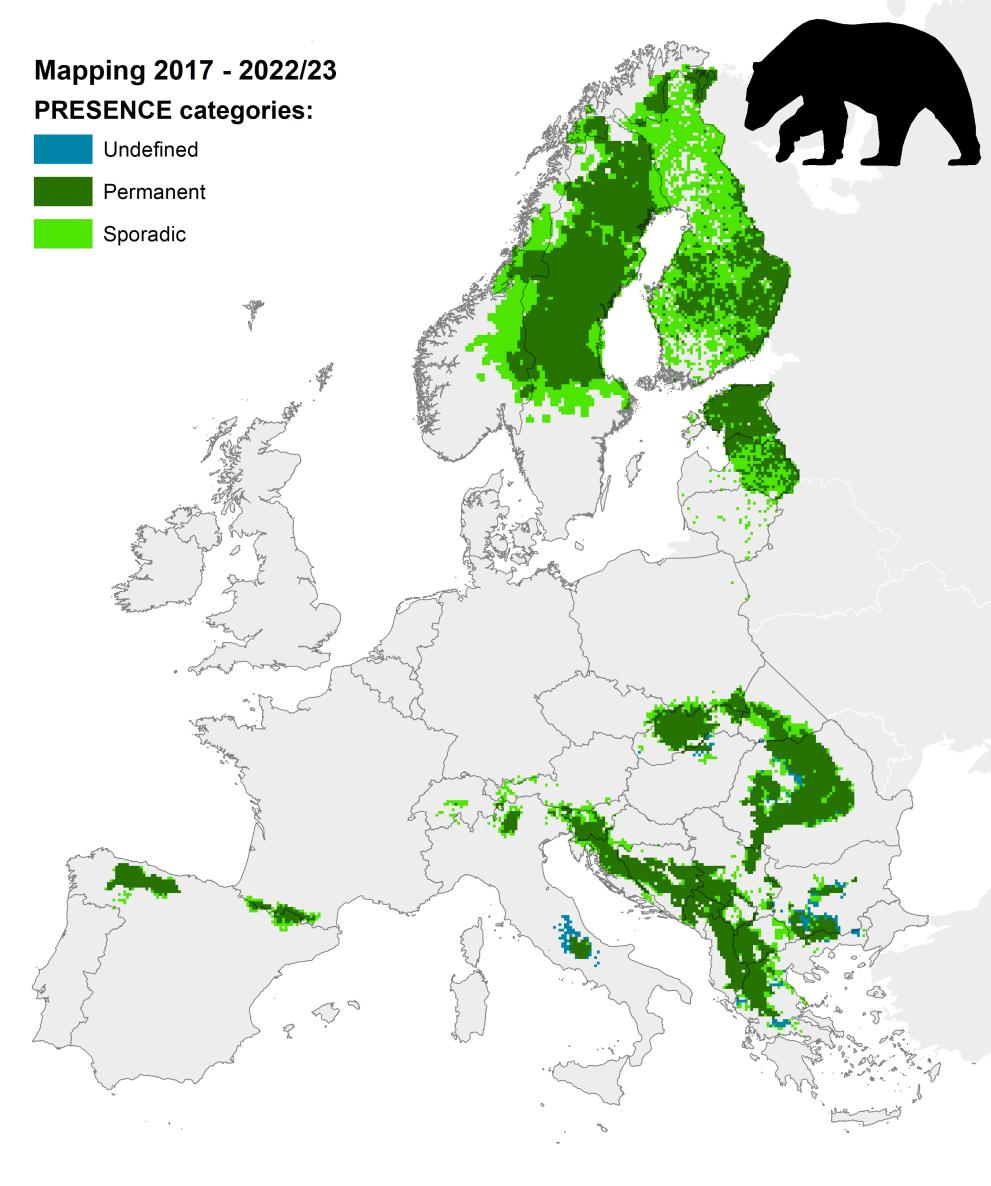
Preserving ancient art: SEE mosaics unites southeast Europe
The project, mainly financed by CEI Cooperation Fund and initially backed by UNESCO, is bringing Southeast Europe’s rich mosaic heritage into the spotlight while building a stronger professional network for its conservation and better touristic presentation. Launched by the Central Institute for Conservation in Belgrade and now led by the National Museum of Serbia, the project spans eight countries and gathers data on ancient mosaic pavements in museums and public archaeological sites.
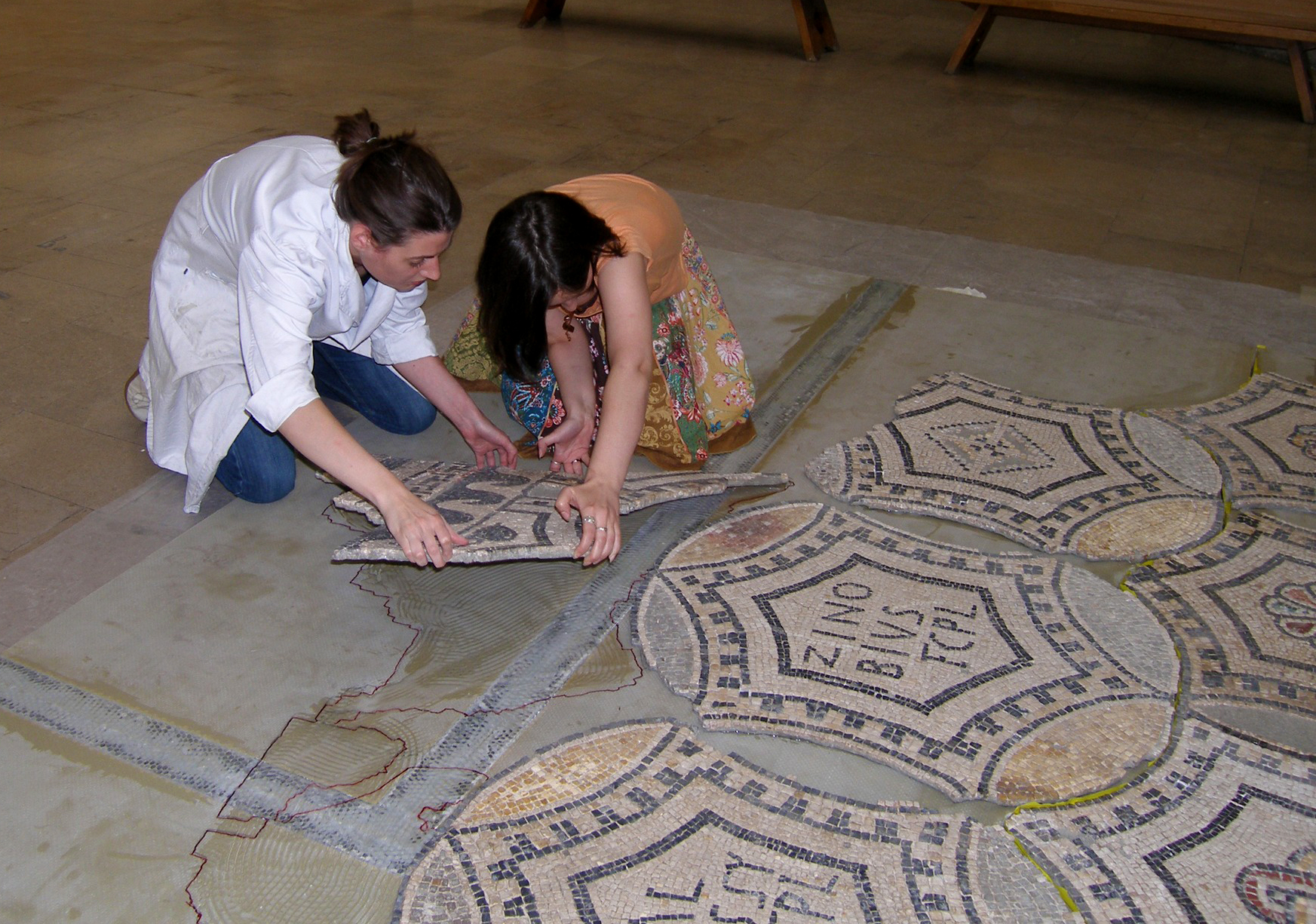
“Ancient mosaics are key to Serbia’s cultural heritage. Symbolic, aesthetic, and sustainable. As we move toward a green transition, they offer ancestral models for responsible living. Their preservation inspires civic pride and action. Regional initiatives that promote interdisciplinary approaches are essential for protecting this heritage and aligning with broader European values”, says Dr. Maja Franković, conservator counsellor at the National Museum of Serbia.
A regional survey, first conducted in 2011/12, and updated in 2022, reveals both the condition of mosaics and the capacity of institutions to preserve them. Backed by UNESCO and regional partners, the project created an online database for professionals and aims to guide future conservation efforts, boost education, and strengthen cross-border cooperation in protecting these fragile cultural treasures.
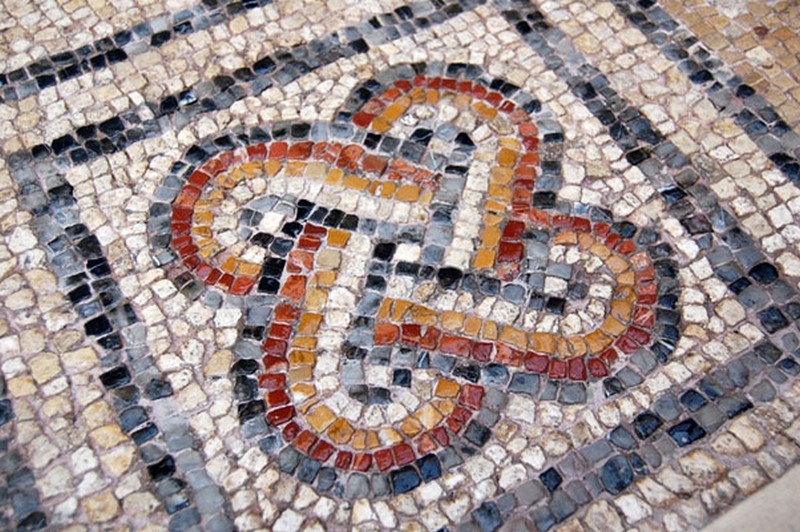
Youth Guarantee and EUSAIR: Serbia’s Path to Inclusive Employment and Regional Dialogue
Serbia piloted the Youth Guarantee (YG) as a crucial step toward addressing youth unemployment aligned with EU standards. The program improved school-to-work transitions for NEET (Not in Employment, Education or Training) youth and strengthened cooperation among institutions and local actors. Aligned with Pillar 5 – Improved Social Cohesion and supported by the EU and IPA funds, it laid the foundation for a national YG plan – a good example of benefits gained through regional exchange of good practices.
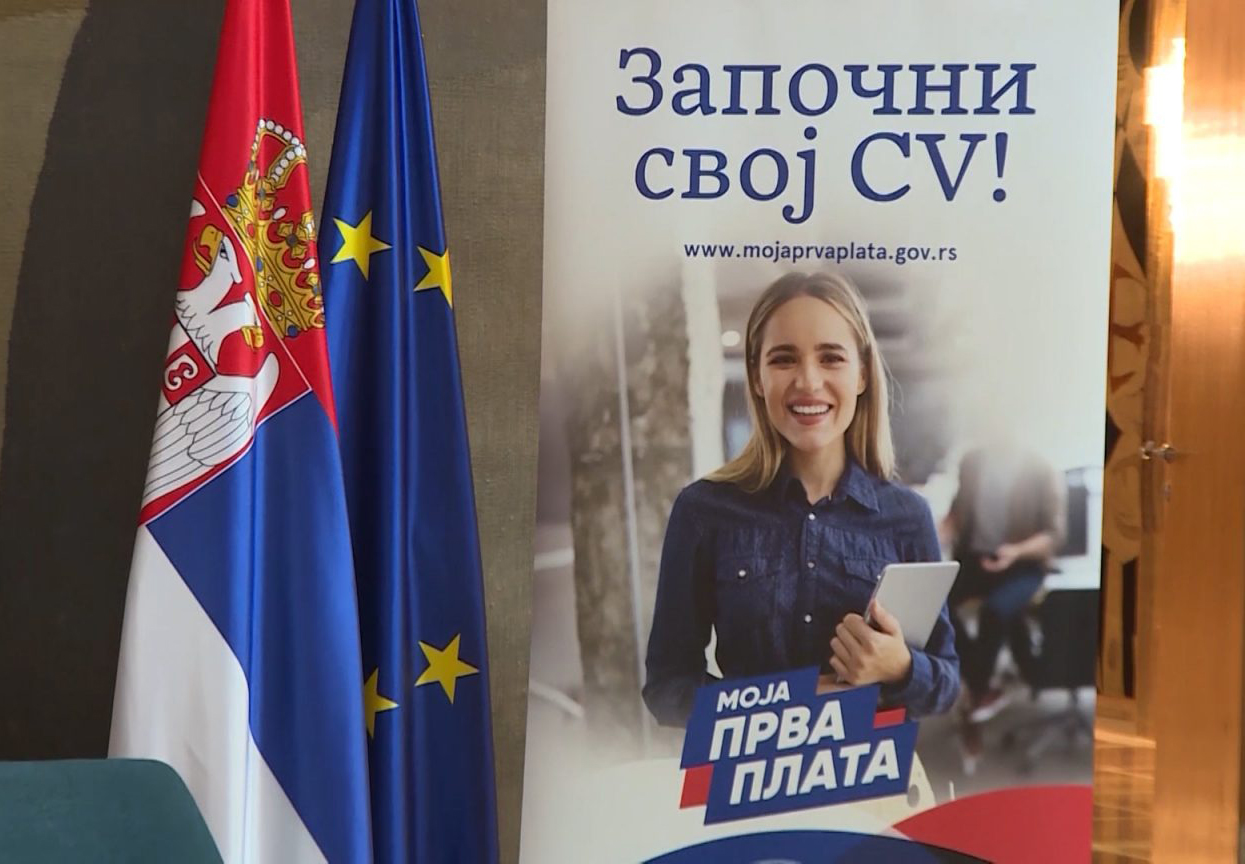
Serbia introduced a number of measures including subsidies for hard-to-employ groups such as disabled youth, self-employment grants and mentoring, internships and practical training for youth without work experience, backing it with public works and tax benefits. The program also offers accredited vocational training and adult education, boosting skills through the “My First Salary” initiative.
Young Serbians are taking part in shaping EUSAIR through the Youth Council (EYC) and broad consultations involving e-learning, surveys and civil society. EYC members actively participate in TSG meetings, contributing fresh ideas.
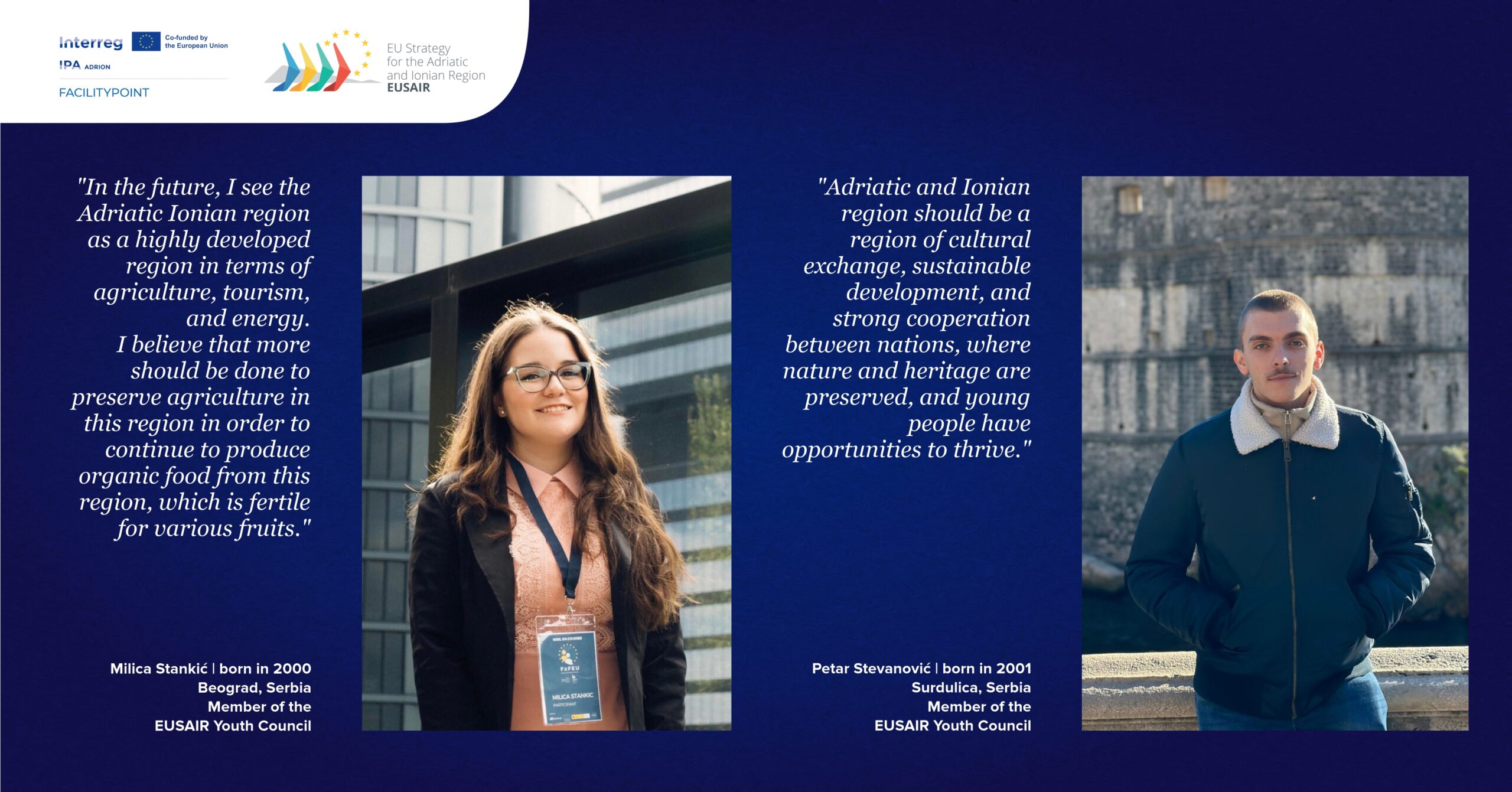
„The inclusion of young people from the region in the EUSAIR decision-making and mapping of priorities is essential to ensure the long-term sustainability of those priorities. EUSAIR represents a platform for open dialogue, exchange of experiences and joint decision-making, regarding similar challenges we face in the region“, said Sanda Šimić Stambolić, former Assistant Minister for territorial cooperation.

Strengthening Serbia’s capacity in EU Fund Management and the role in EUSAIR
Serbia has advanced its EU macro-regional integration by enhancing monitoring and evaluation (M&E) skills among national actors. A one-day event under the EUSAIR Facility point project trained National IPA Coordinators, ministries and stakeholders from IPA countries about the strategic role of M&E in macro-regional strategies, linking EUSAIR initiatives with EU programs and communicating their value during EU accession. This boosts Serbia’s capacity to implement EUSAIR priorities effectively, embedding them in national and regional plans.
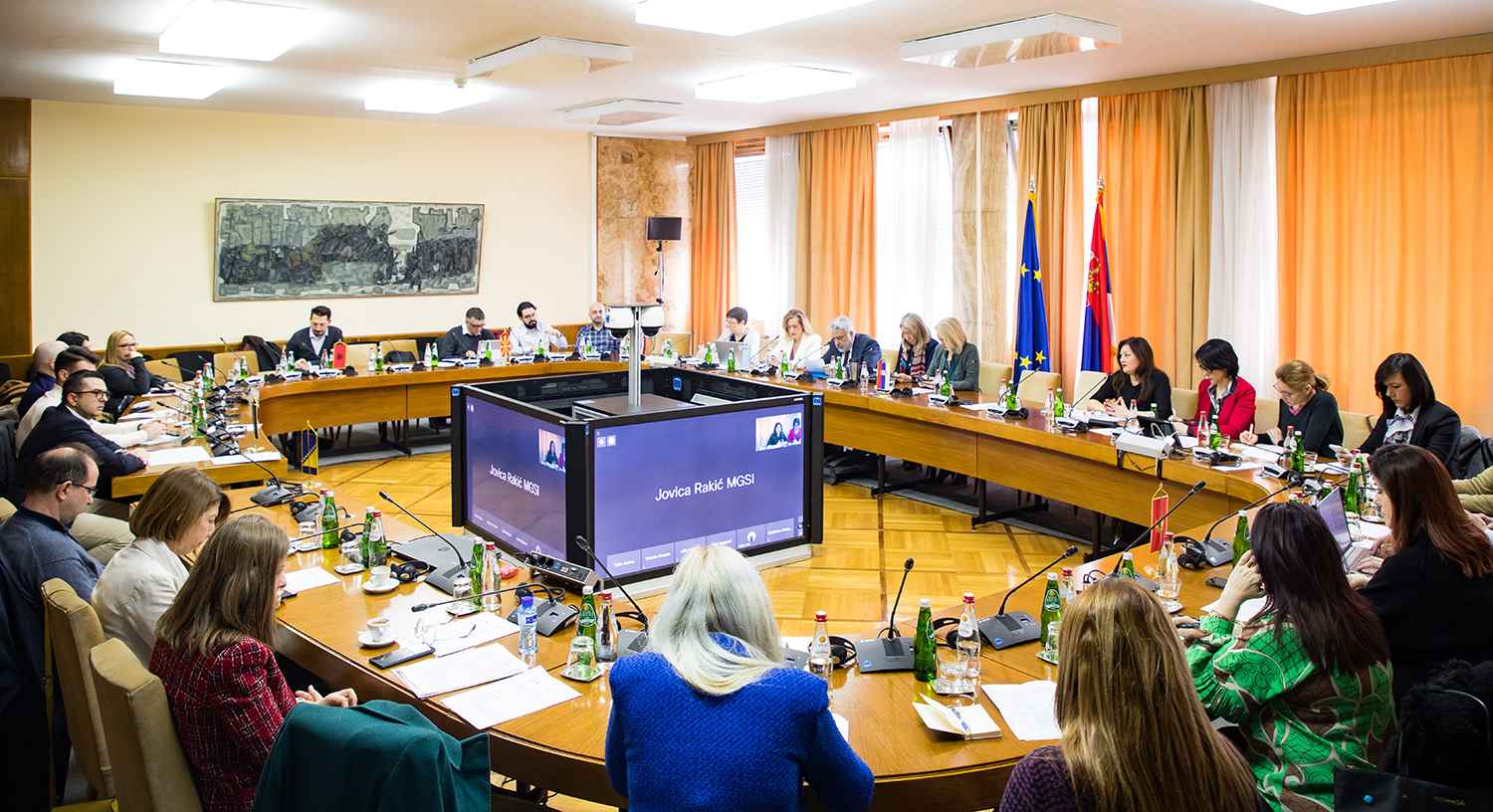
Through the SP4EUSAIR project (Interreg IPA Adrion 2021-2027), Serbia has strengthened its capacity to manage EU funds and implement the Strategy. Funded by Interreg with a €2.08 million budget, the project partners include Croatia’s Ministry of Regional Development and Serbia’s Ministry of European Integration who actively develops strategic formats to align national projects with macro-regional priorities set through the cooperation.
The initiative supports better EU fund management through methodological guidance and project preparation. Running until 2027, SP4EUSAIR fosters cooperation, joint initiatives, and prioritizes key projects, boosting sustainable development and Serbia’s readiness for future EU funding.
As Serbia advances on its EU path, EUSAIR stands out as a vital platform not only for boosting regional cooperation but also for aligning national priorities with EU values, proving that macro-regional strategies can play a key role in shaping the future of enlargement.

